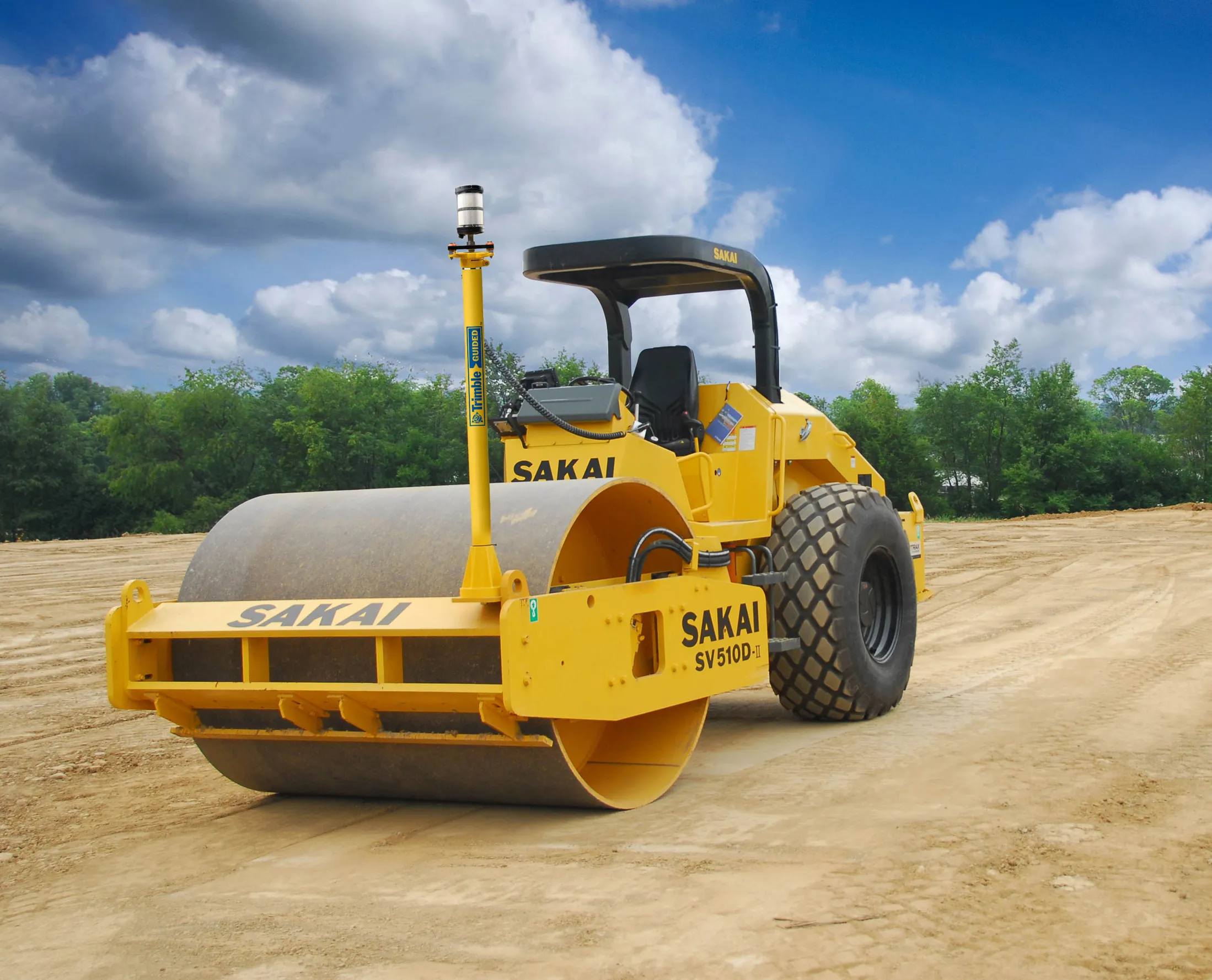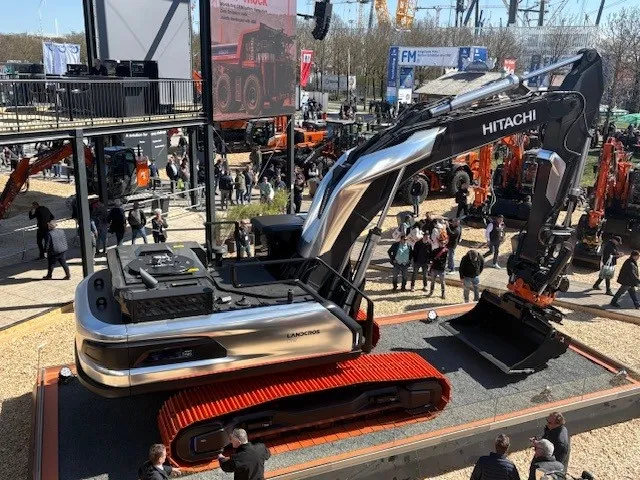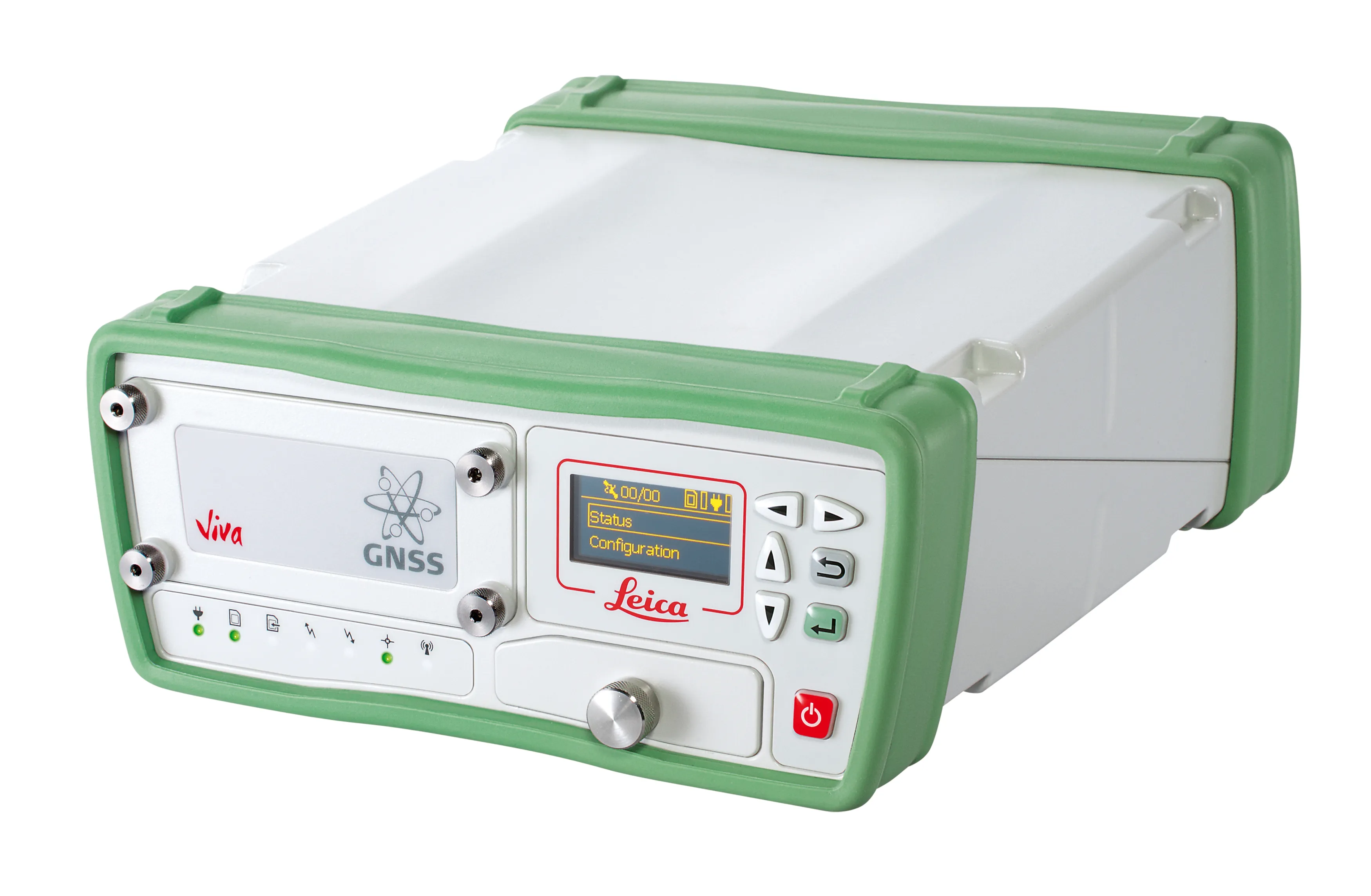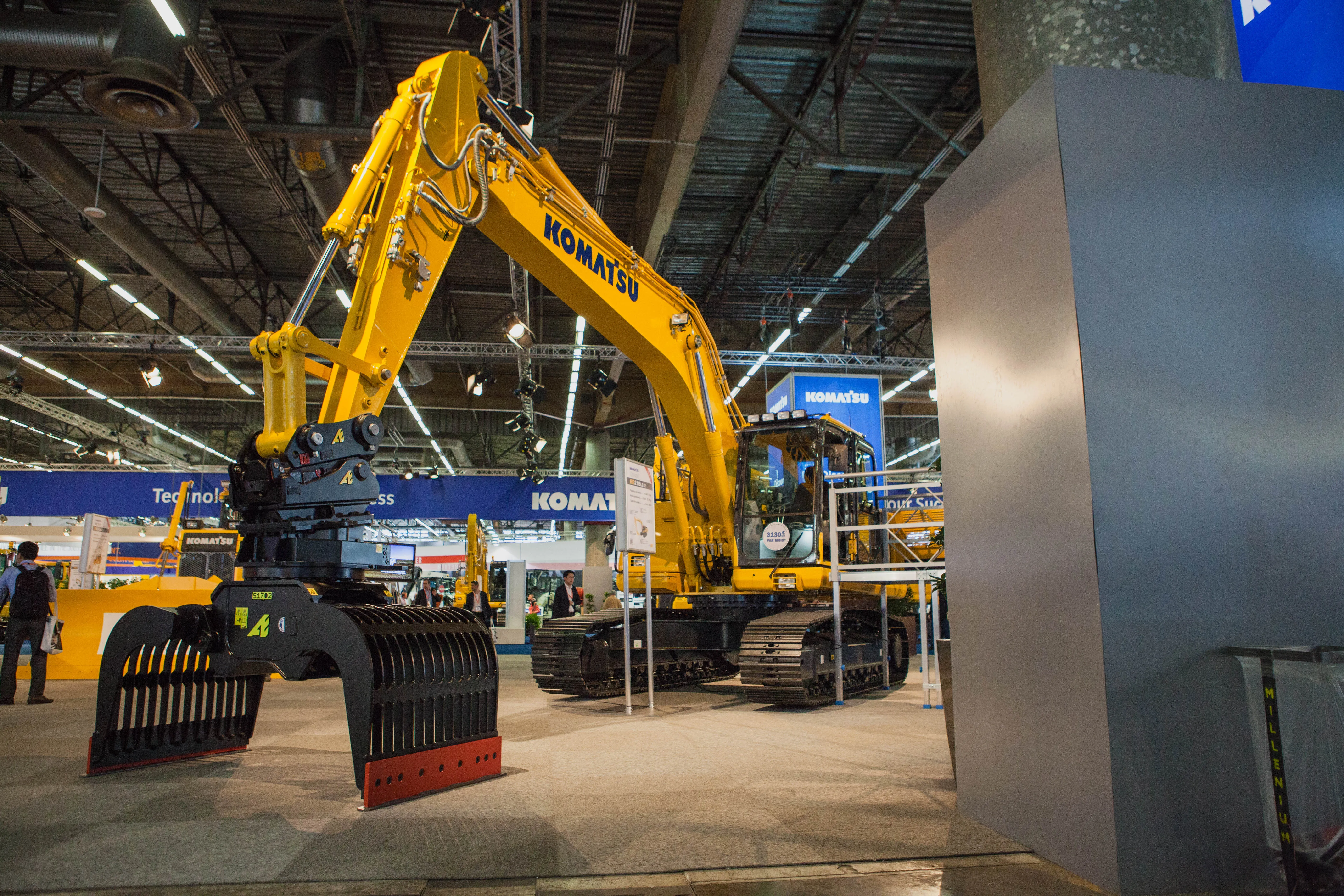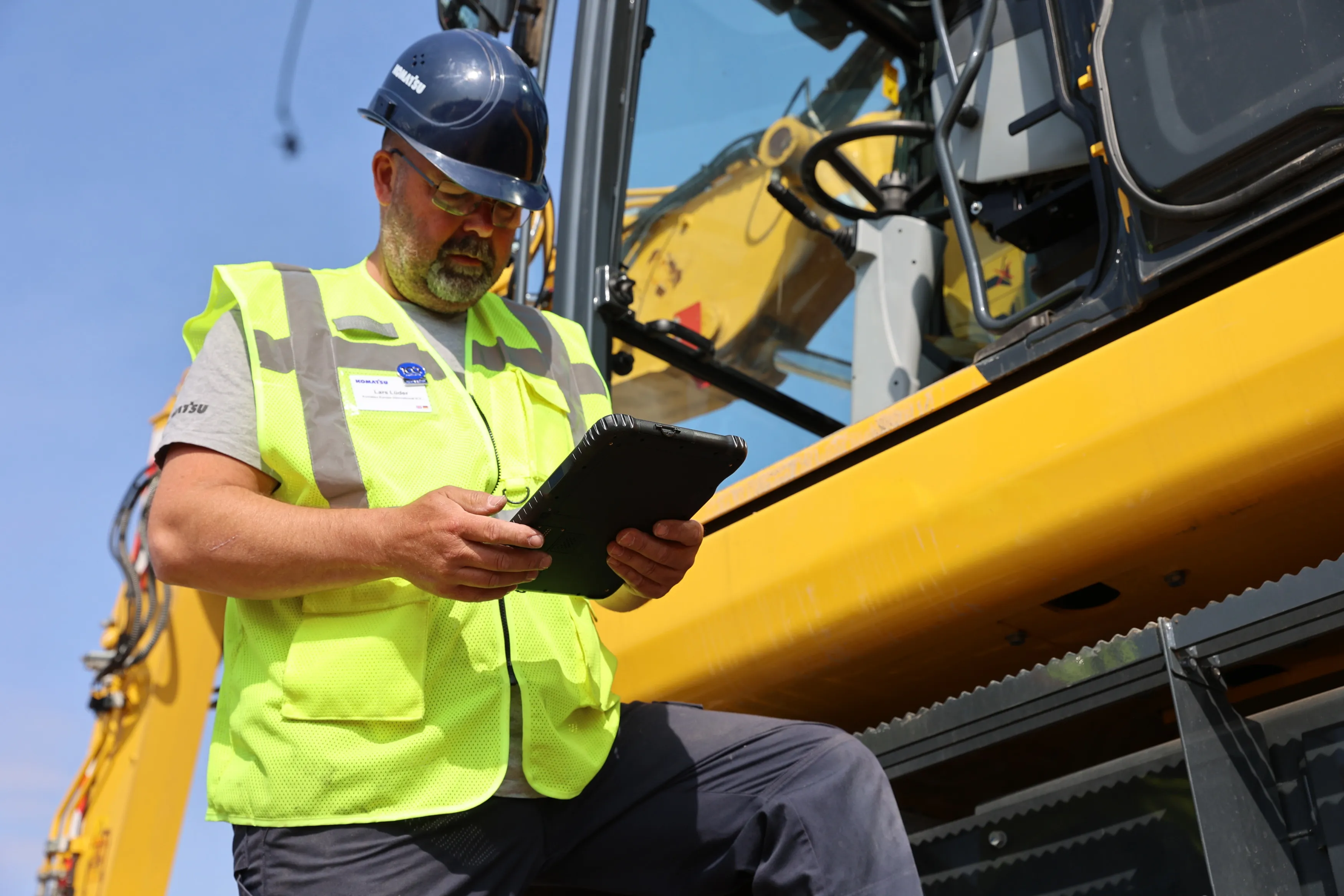
It is now 10 years since Komatsu introduced its intelligent machine control technology intended to help customers achieve more work in less time and with higher quality.
During the development stage of intelligent machine control, Komatsu leveraged machine operational data from sources like their telematics system, Komtrax and combined this with the jobsite and application expertise of field and distributor staff. This constant learning did not stop after the launch, and a huge quantity of experience and feedback was gained in the early years of market introduction, as customers deployed iMC on jobsites, supported by Komatsu and its distributors. This resulted in constant refinements of the machine/operator, technology, product support functions and interfaces. Looking back over the last 10 years, this activity has paid off according to Komatsu, delivering an experienced support network extending from the distributor Technology Solutions Experts right through the firm’s whole service and technical organisation. This is said to be well-placed to assist customers new to machine control and to ensure they experience the iMC benefits, and return on their investment, quickly and seamlessly.
This continual development also delivered on the product side, with the introduction of intelligent Machine Control 2.0 (iMC 2.0) and an expanded range of excavators and dozers in 2020 and 2021.
The new iMC 2.0 features provide more assistance for the operator, by controlling tilt bucket adjustment to match grade on the excavator, or automating the spreading of pre-defined layers of material by the dozer blade, for example. This can help inexperienced operators gain confidence and deliver high productivity quickly. The technology is also said to complement the skills of highly experienced operators by allowing them to concentrate on moving material, rather than being focused on avoiding mistakes inherent in guidance only systems.
Komatsu’s continuous development of the technology has delivered hardware advancements as well as significant improvements in software capabilities. Among these is the introduction of an automated data-capture feature to the iMC technology. Regardless of the machine's model or age, all units can now collate location and elevation data from dozer tracks and bucket edges autonomously. The collected data can then be consolidated and visualised on Smart Construction Dashboard, a 3D visualisation tool introduced by Komatsu, enabling customers to monitor volume-based work progress at their job sites directly from their desks, with updates available on a daily basis.
Over the last decade, customers’ adoption of iMC technology has changed the conventional way of working on construction jobsites. Recognising the growing need for swift and reliable support for 3D technology, Komatsu introduced Smart Construction Remote, a software that is designed to bridge the gap between the field and the office. With Remote, design changes can be executed instantly on machinery in the field, and operators can receive rapid expert support from Komatsu-trained professionals by simply sharing the screen. Today, Smart Construction Remote connects over 700 machines on jobsites to offices, saving thousands of hours previously spent by jobsite managers, surveyors and engineers commuting from offices to jobsites.


